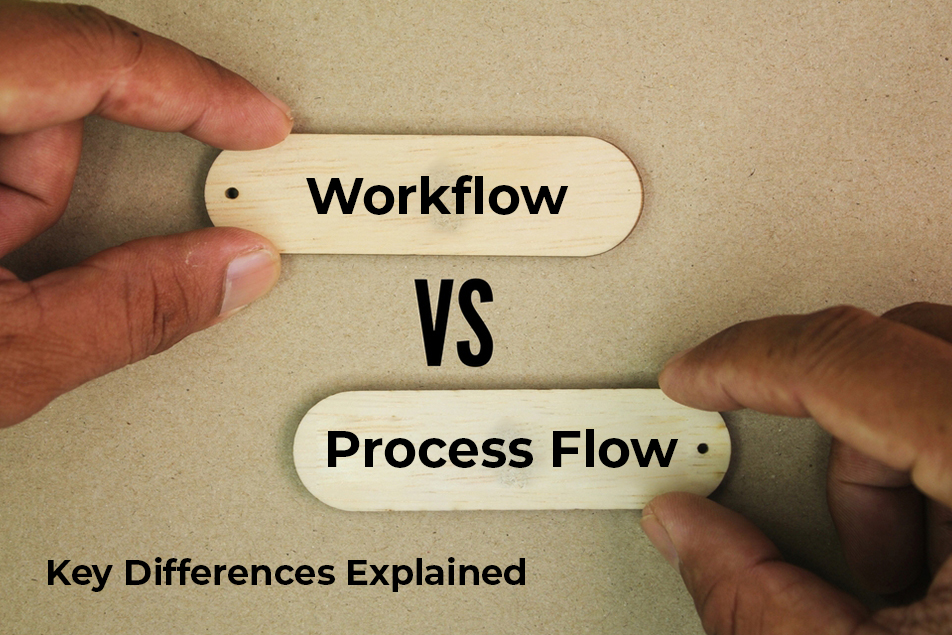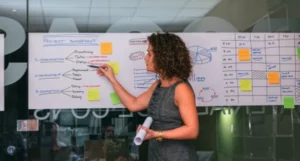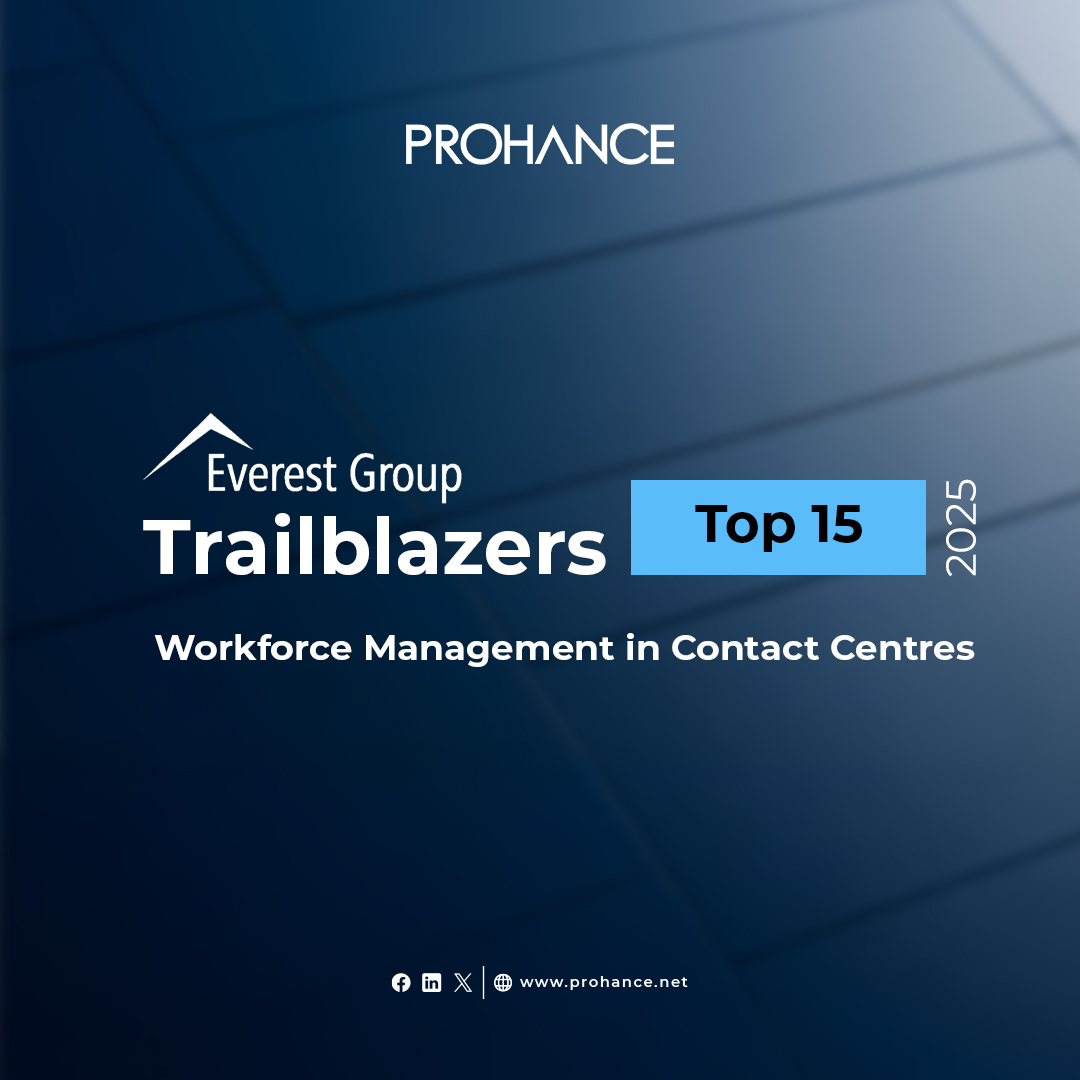Workflow vs Process Flow: Manager’s Guide to Understanding Key Differences
Table of Contents
The terms workflow and process have been used interchangeably in the business world forever. Go ahead, ask any of your colleagues, and you’ll probably get a bunch of different answers.
However, the terms do exist separately and have different meanings. Let’s clear up the confusion, shall we? Let’s read on to know more about these two terms and understand the similarities and differences between them.
What is Workflow?
Explained simply, a workflow is defined as the steps one carries out to complete a specific task. The idea behind having a workflow is to ensure that whoever undertakes that task performs those exact steps to reach a specific goal.
A workflow can include many different things; it could be a sequence of operations, the specific role of a person or group of people, or simply several varied mechanisms coming together to fulfill an end objective. The description is in the name – a workflow allows information, data, documents, activities, and myriad tasks to flow through an organization seamlessly and familiarly.
To qualify for being called a workflow, it must be:
- Repeatable
- Made up of a series of tasks
- Completed in a specific sequence
Some workflows have limited tasks, moving from one stage to the next until the workflow is complete. Others may have overlapping tasks that continue in parallel.
What is Process Flow?
A process can be a range of independent, systematic tasks that occur continually or periodically to produce a desired result.
In a business setup, a process is usually an interlinked, continuous flow of tasks that eventually culminate in the delivery of a service or a product to an end user. A business process is crucial to accomplishing organizational goals.
Most business processes belong to one of these categories:
- Operational processes required to maintain a business
- Management processes that control and oversee operational processes
- Supportive processes that assist operational processes
Like workflows, processes too can have a start point and an endpoint. They can also function continuously. Businesses looking to achieve process excellence must take the time and effort to optimize their workflows. Understanding the distinction between the two and knowing how they work together is crucial for project managers.
How Does an Organization Use Workflows?
An established workflow ensures the task is performed in the same manner each time, irrespective of who is performing it. It works like a blueprint that guides workers to meet the same quality and efficiency standards consistently.
A workflow is also handy when an organization is looking to scale up. It is easier to replicate and multiply predefined steps, enabling a seamless transition to a bigger performance. Workflows are a great way for employers to communicate their expectations clearly, resulting in happier and more productive employees. This is applicable even in the case of automated tasks.
Integrating a workflow in business operations makes it easier to spot trends, recognize bottlenecks, and identify where automation can help.
Some typical workflows in organizations include:
- Customer care procedures
- Product return authorizations
- Adding new clients to a database
- Purchase approval requests
- Expense reimbursement
- Employee onboarding
- Creation of change requests
How Does an Organization Use Processes?
Processes in an organization are used to manage large-scale issues that cater to their business objectives. A process can help understand which tasks are essential to the end goal and which may be unnecessary. Process management defines and shapes the culture of an organization and the way its employees perform daily.
Processes look at the larger picture and help organizations manage:
- Customer Service
- Marketing
- Information Technology
- Auditing
- Operations
- High-level Administration
- Procurement and Logistics
How are Workflows and Processes Related?
On the surface, workflows and processes both appear to be ways to get work done at an organization. Naturally, it’s easy to see why the two terms get mixed up often. However, the two are not independent entities in an organization. For a process to function efficiently, it needs interconnected, efficient workflows.
Look at it this way. Workflows are more detailed, planned, and analyzed before implementation. On the other hand, while a process can be evaluated and improved, it flows through an organization naturally. A defined process enables a team to work together to achieve an end goal. The workflow presents itself as a tool that the team uses.
Not all processes require a workflow. However, a workflow is always a part of a larger process.
Workflow vs. Process: Understanding the Key Differences
Let’s now look at the key differences between processes and workflows. As mentioned above, there is considerable overlap between the two, but both activities are needed to ensure a project runs successfully to its targeted completion.
Goals: Streamline vs Completion
A workflow design aims to reduce the stress brought on by repetitive, time-consuming tasks, usually done by automating the tasks. In contrast, a business process is implemented to realize the goals of the project and complete it efficiently and effectively.
Scope: Micro vs Macro
A workflow goes down to the micro-level, since its task is to manage individual steps within the process. Having a workflow diagram helps, as this ensures all the steps are completed quickly. A business process, on the other hand, looks at the project as a whole, taking into account everything from the start to its successful completion.
Focus: Automation vs Approval
A workflow is tasked with collaborating with process automation platforms that ensure all processes are carried out seamlessly. At the same time, business process management is focused on getting the necessary approvals needed to complete the project and ensuring the project progresses quickly and effectively.
Strategy: Tactical vs Process Mapping
A workflow takes a more tactical approach to its work. Every task is broken down into individual steps that need to be carried out to finish the task. Conversely, a business process looks at the larger picture and puts down strategies that indicate all that needs to be done to complete a larger project.
Templates: Dependent vs Independent
Workflows use templates and rely on step-by-step instructions to complete tasks. Processes are more organic and skip stages depending on new data, use cases, changing client needs, or any fluctuating factors that impact the project.
Workflow vs Process: Making the Right Choice for Your Organization
As a project manager, it can be challenging to decide which way to go – workflows or business processes.
If your main focus is on project management, then workflows can help you meet your goals. Optimize your workflows so business operations are smoother, replicable, and far more efficient. At the same time, do not disregard processes since having a clearly defined process is needed for a business to continue functioning. Finding the sweet spot and balancing between high-quality business processes and efficient workflows is the proven way to a healthy and profitable project management system.
Before starting a project, work out the workflows and processes needed. These will help identify inefficiencies, if any, and eliminate unnecessary components, making them more efficient. Leverage technology and automate any repetitive processes to speed things up and eliminate roadblocks.
Share the plan with team members and promote open communication by encouraging suggestions for improvement. Workflows and processes are not set in stone. Revise and refine your workflows and processes based on evolving requirements. Train your team members and provide them with all the required support to perform their job effectively and efficiently.






